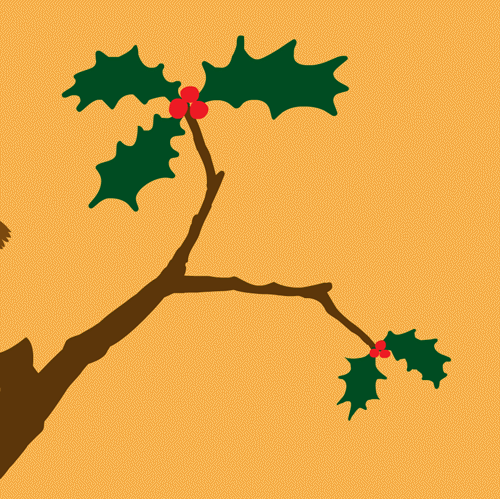Bringing Home The Bird: Make Your Home Bird-Friendly With These 8 Easy Tips

Living in the city, nature lovers often feel cut off from the wild and annual vacations are carefully planned to centre around wildlife spotting. If you know any old-timers, you've probably been regaled with tales of homes and gardens frequented by birds and listened as they bemoan the dwindling numbers of birds in urban areas.
The destruction of India's forests, wetlands and other bird habitats has led to a growing number of Indian bird species making it to the 'threatened' list of the International Union for Conservation of Nature (IUCN). In the cities, our changing lifestyles have disturbed the availability of food and nesting spaces for birds, most notably, the sparrow.
But, with some effort and dedication, it is possible to transform your balcony, backyard and neighbourhood into an avian haven and enjoy watching your winged visitors without venturing far out of the city.
A barn owl is quite commonly spotted in human habitation. Source
What makes a space inviting to birds? Abundant food and water, safe nesting places, and a quiet environment where their calls won't have to compete with the din of the human world.
1. Put out a bird feeder
You can either make your own bird feeder or buy one from a store. Fill the feeder with birdseed, millet, nuts, corn, rice, and pieces of fruit and hang it where it is easily visible to birds. Different birds eat different things, so it helps to offer a variety of food types. Processed carbohydrates such as bread and biscuits offer birds no nutritional value so keep them out of your bird feeder. Make sure it keeps out water and is out of reach of pets and neighbourhood animals. Follow this easy DIY to make your own bird feeder with used plastic bottles.
2. Plant bird-friendly plants
Deepa Mohan, a naturalist from Bangalore advices planting trees whose flowers make nectar available to birds. Native plants that provide seeds, fruit and insects are also the best and most natural way to offer food for wild birds. It is a myth that only big trees attract birds. "Even small flowering plants such as hibiscus, parijatham and tacoma attract nectar-drinking species such as sunbirds,” says naturalist and conservationist V. Arun.
A rose-ringed parakeet on a neem tree. Image: Flickr CC/ Steven dos Remedios
3. Keep a bowl of water all year long
A small water body is a great way to draw birds to your garden. If you have the space, installing a birdbath will give you the pleasure of watching birds take a cool dip in the summer and during the migratory season. Otherwise, a dish of water kept on a window sill or terrace provides relief to thirsty birds. Change the water every 2-3 days to prevent mosquitoes breeding. Keep the bowl away from spaces frequented by pets and other animals.
4. Keep it wild
A clean, perfectly manicured garden swept clean of dry leaves is boring for birds. Many insects fed upon by birds thrive in the dark undergrowth, bushes and leaf litter. Keep a few piles of dry leaves and undergrowth and watch ground feeders such as babblers have a feast.
5. Eliminate chemicals from your garden
Insects are the primary source of food for many bird species and are an important source of protein and fats for young birds. An organic garden teeming with other kinds of life is more attractive to birds than one that's sprayed with chemicals and wiped clean of insects. Instead use natural insect repellants such as neem oil, citronella or a mix of ginger, garlic and green chillies.
A sparrow cools off. Image: Flickr CC/ brian.abeling
6. Let go of your lawn
Birds have no use for lawns which provide no food source and take up space that nectar-yielding plants could have used.
7. Plant trees in your neighbourhood
Or protect the large standing trees around you. "Many birds make use of roadside trees in cities for shelter, food, roosting, as a travel corridor to move from place to place," says ornithologist MB Krishna. While planting, pick fruiting trees such as mango or flowering trees such as bottle brush, jacaranda or flame of the forest. Even if the trees don't provide fruit or nectar, their canopies can still provide a shelter or nesting site or shelter birds from heavy rain. Ecologist Harini Nagendra adds that roadside trees can considerably reduce the noise pollution generated by traffic which affects species including sunbirds, barn owls, parakeets and coppersmith barbets and causes them to sing at odd hours and affects their ability to detect prey.
Image: Flickr CC/ Rainer Hungershausen
8. Be patient and listen
Once you have your green cover, food and water sources in place, the next step is to listen and watch out for your avian visitors. Attracting birds to your home can be a slow process of waiting, watching and being consistent in your efforts. Learn to recognise the birds frequenting your neighbourhood during different hours of the day, understand how their needs differ and how to best meet them, and keep an ear out for their calls so you don't miss out on any of the action in your garden.









